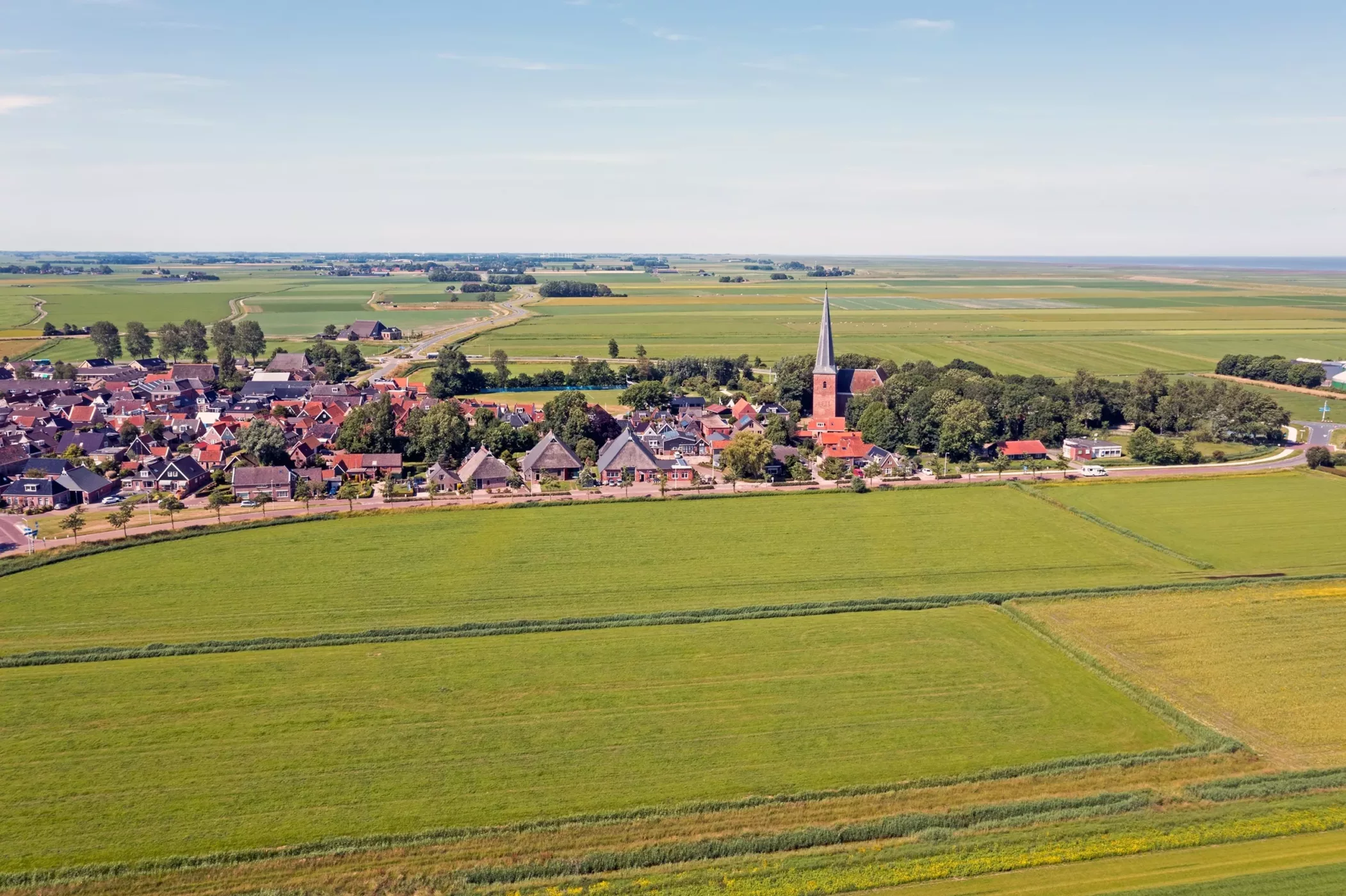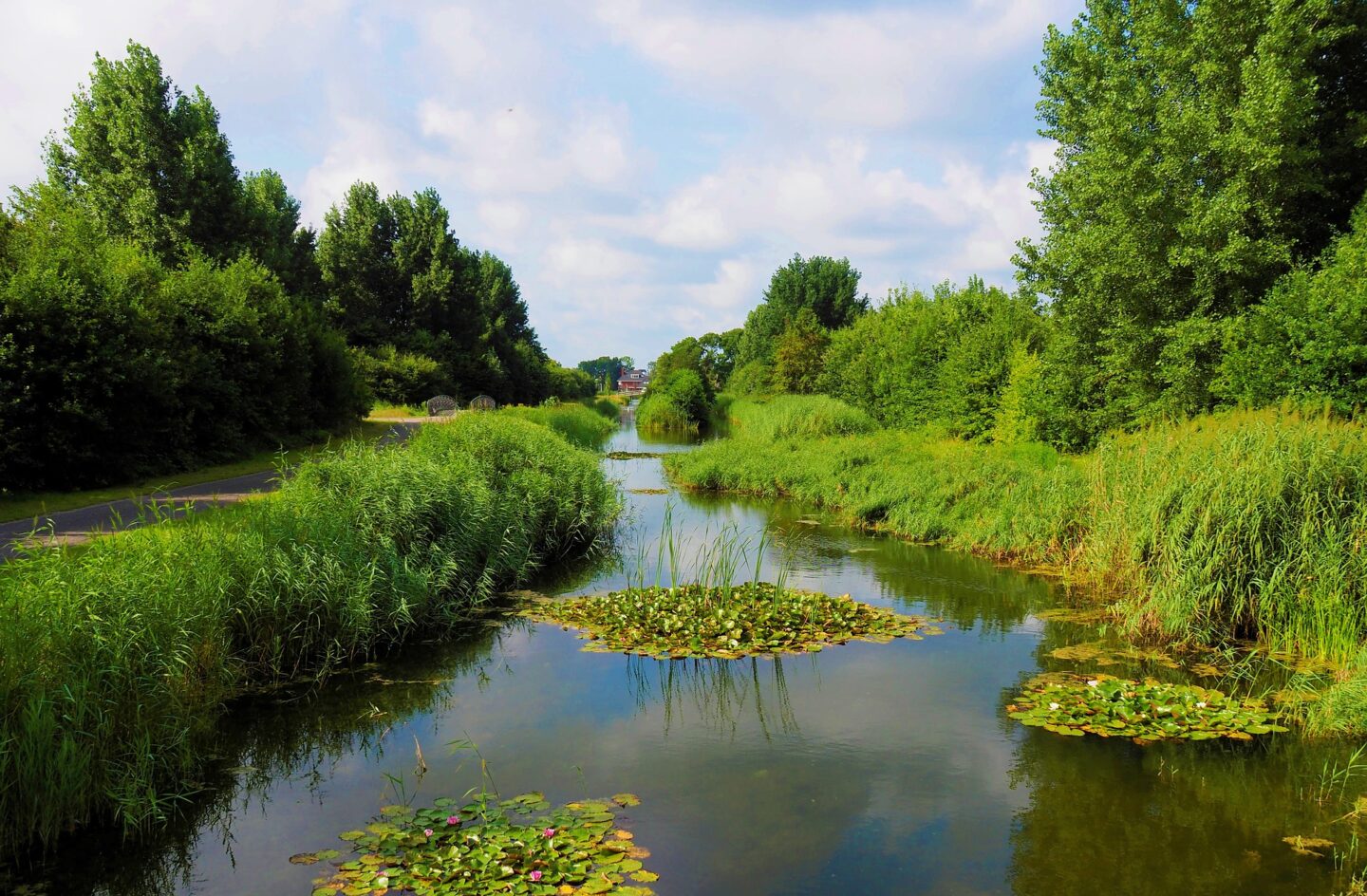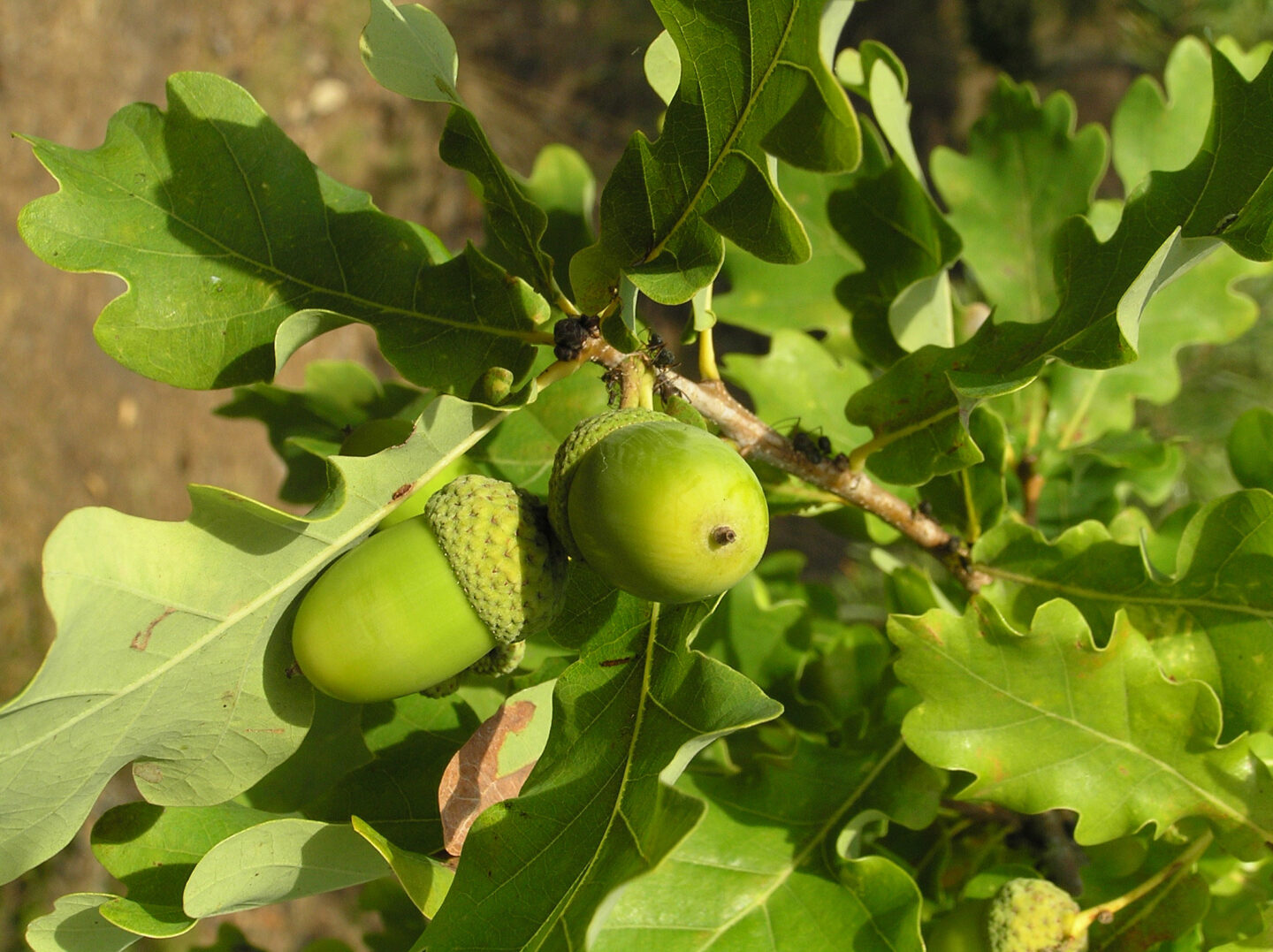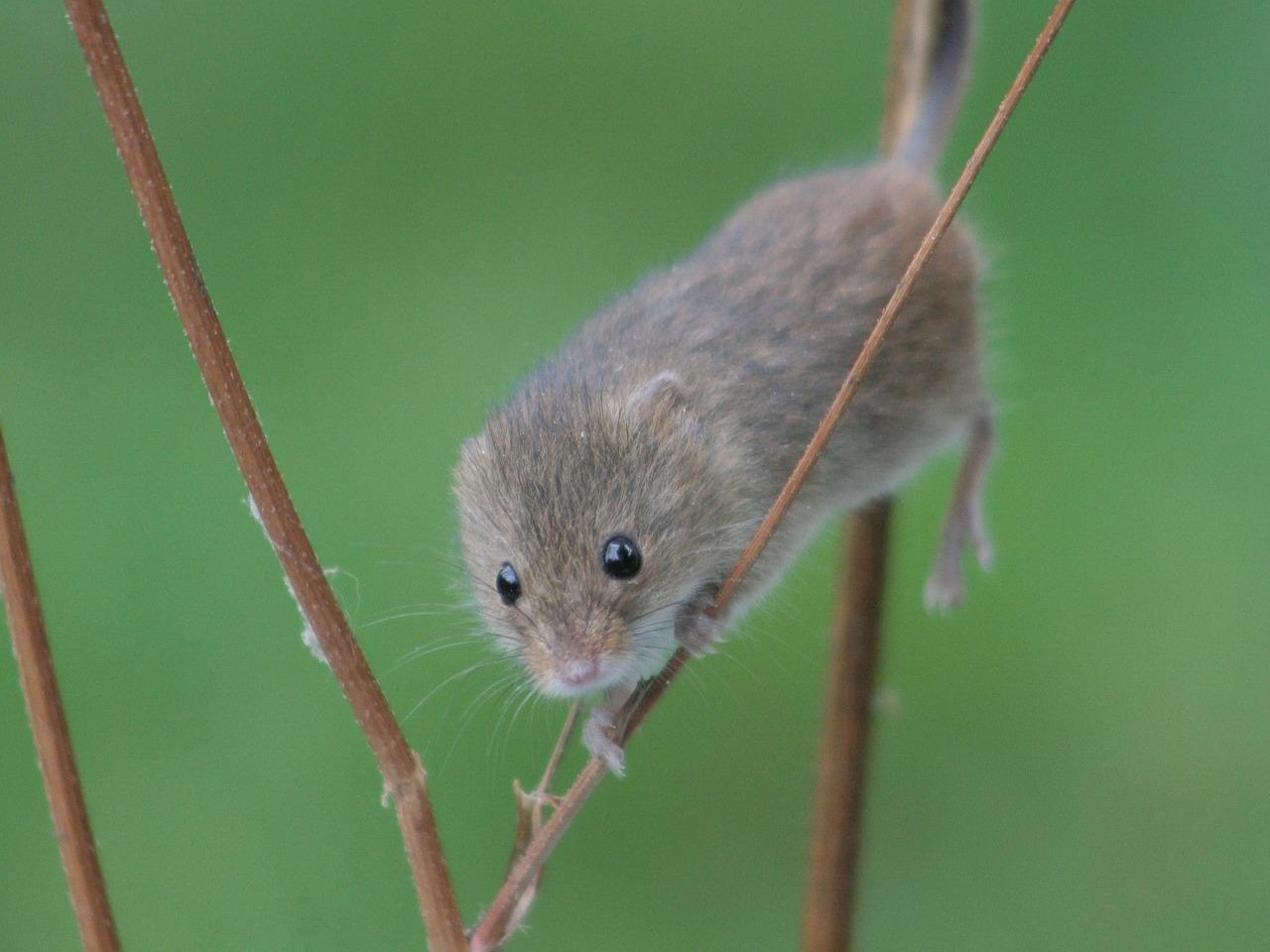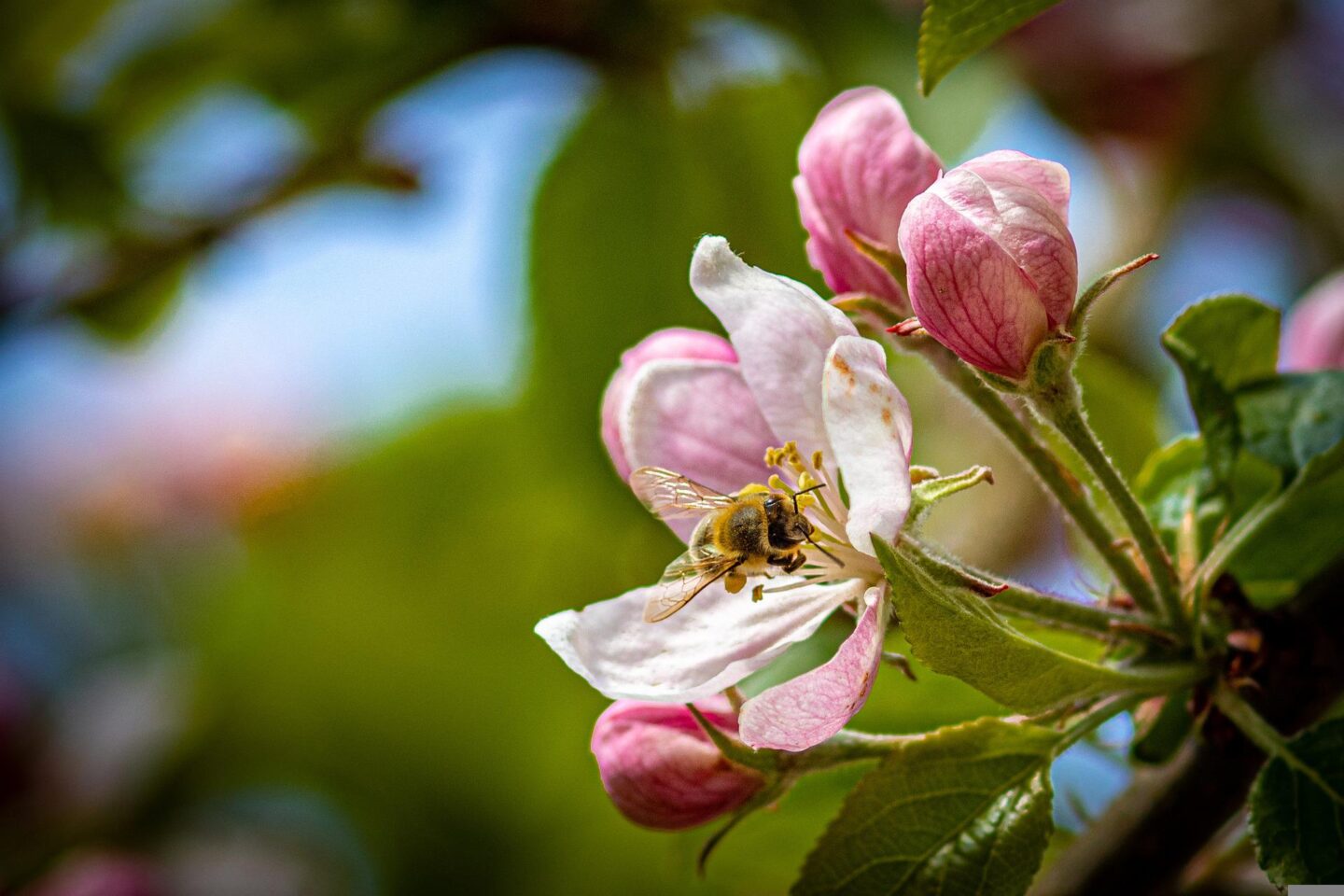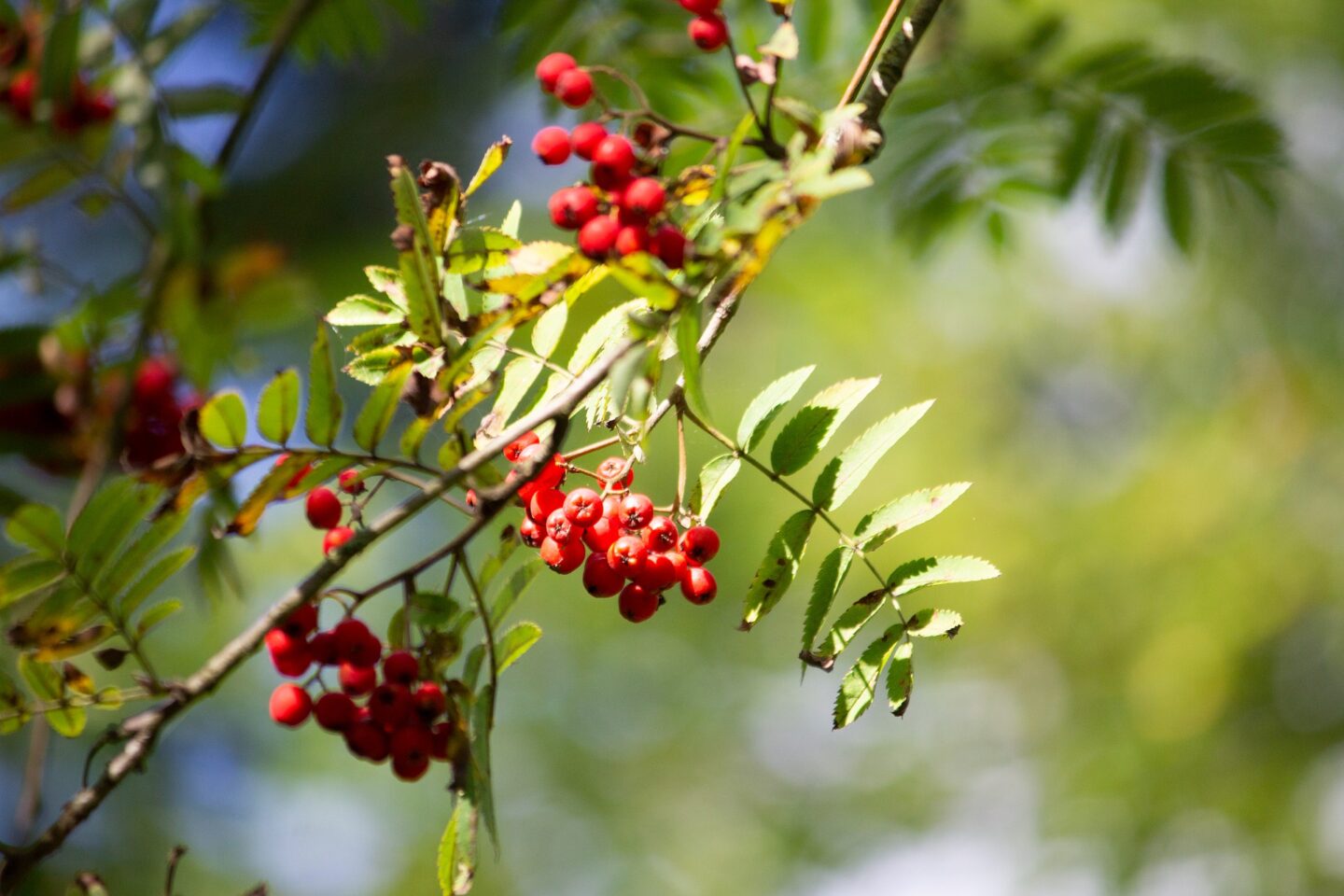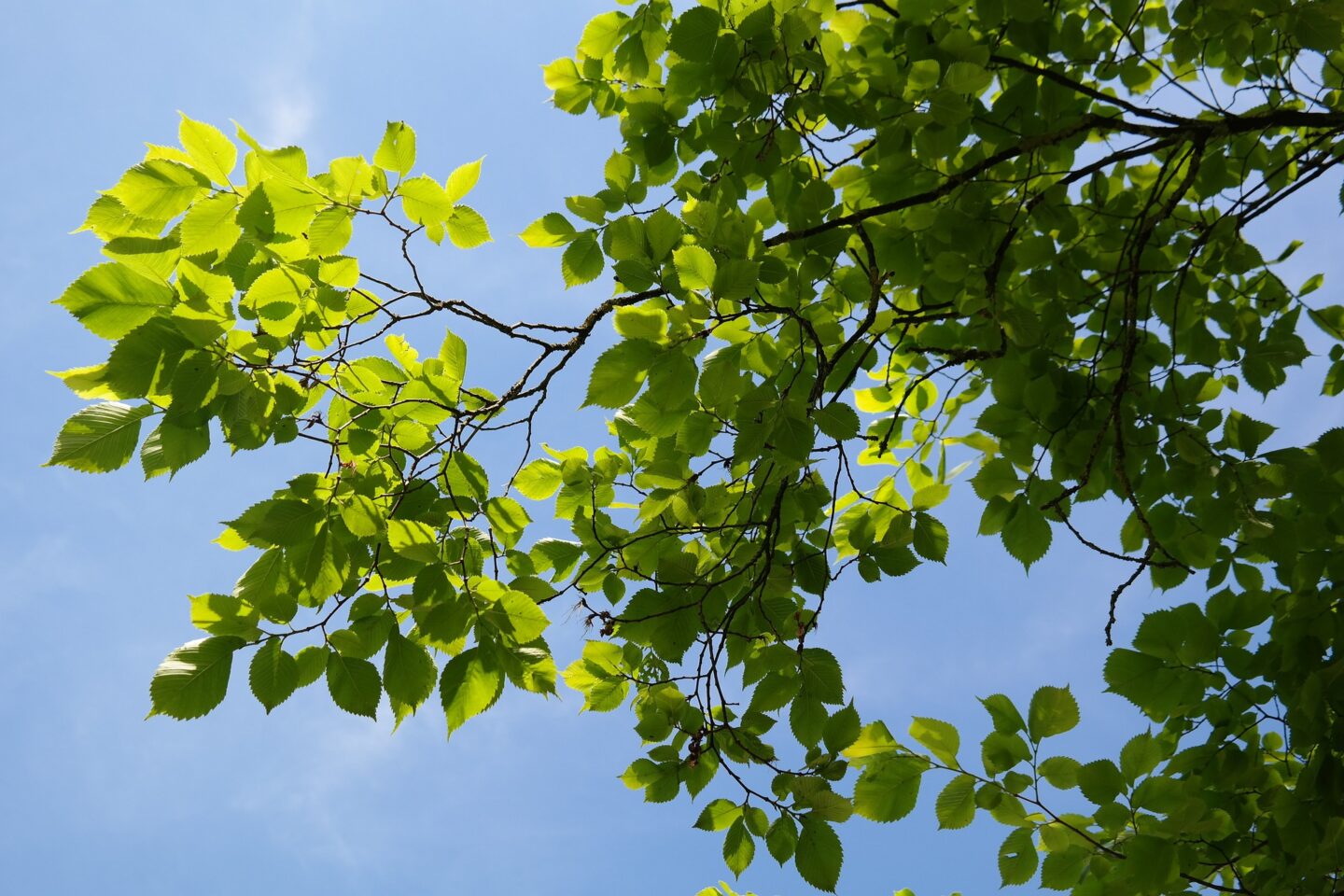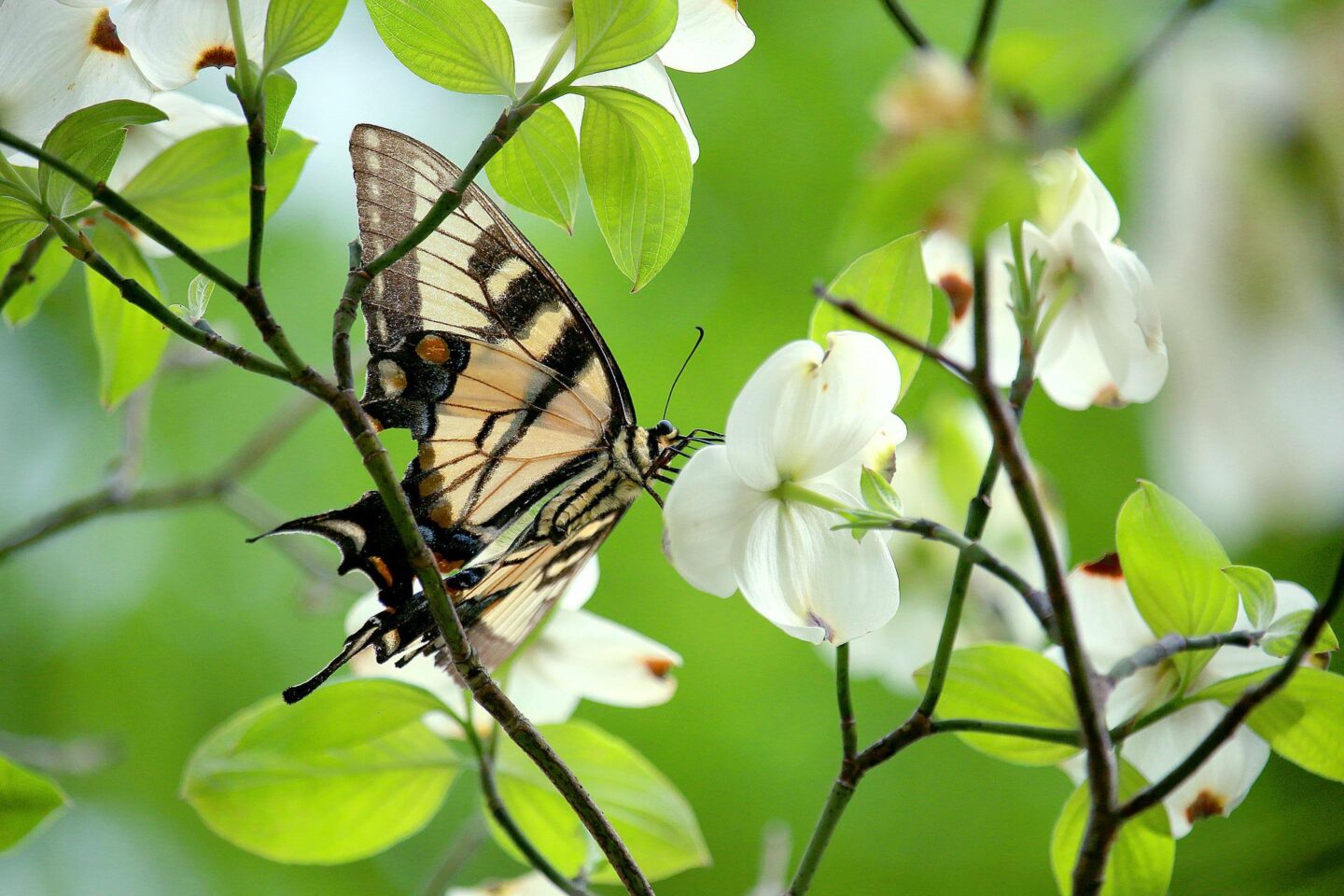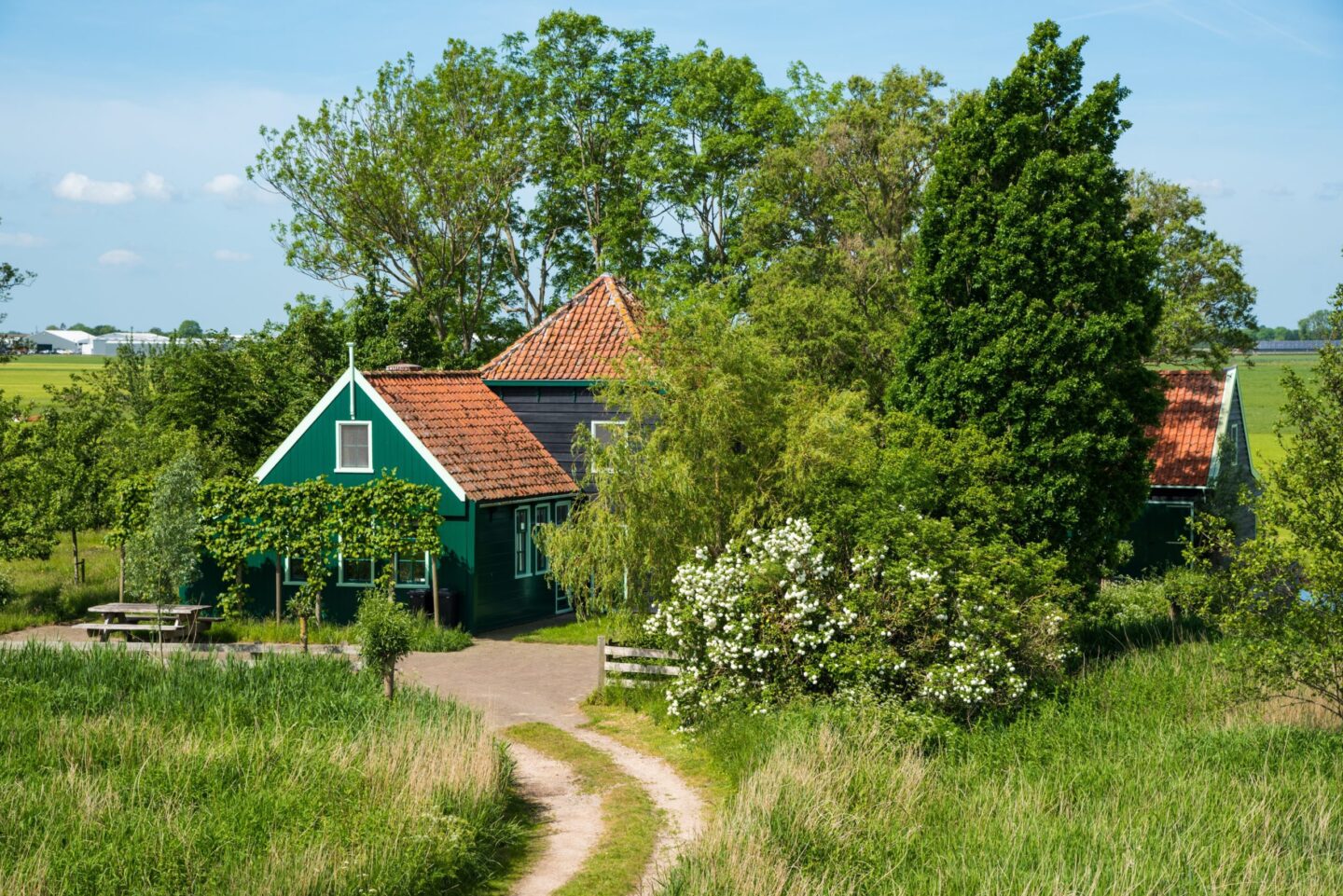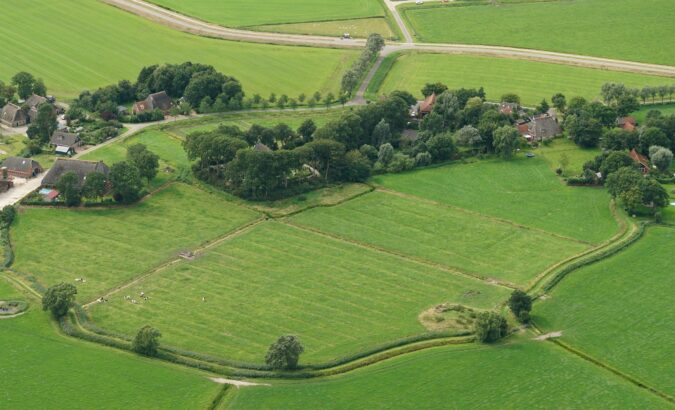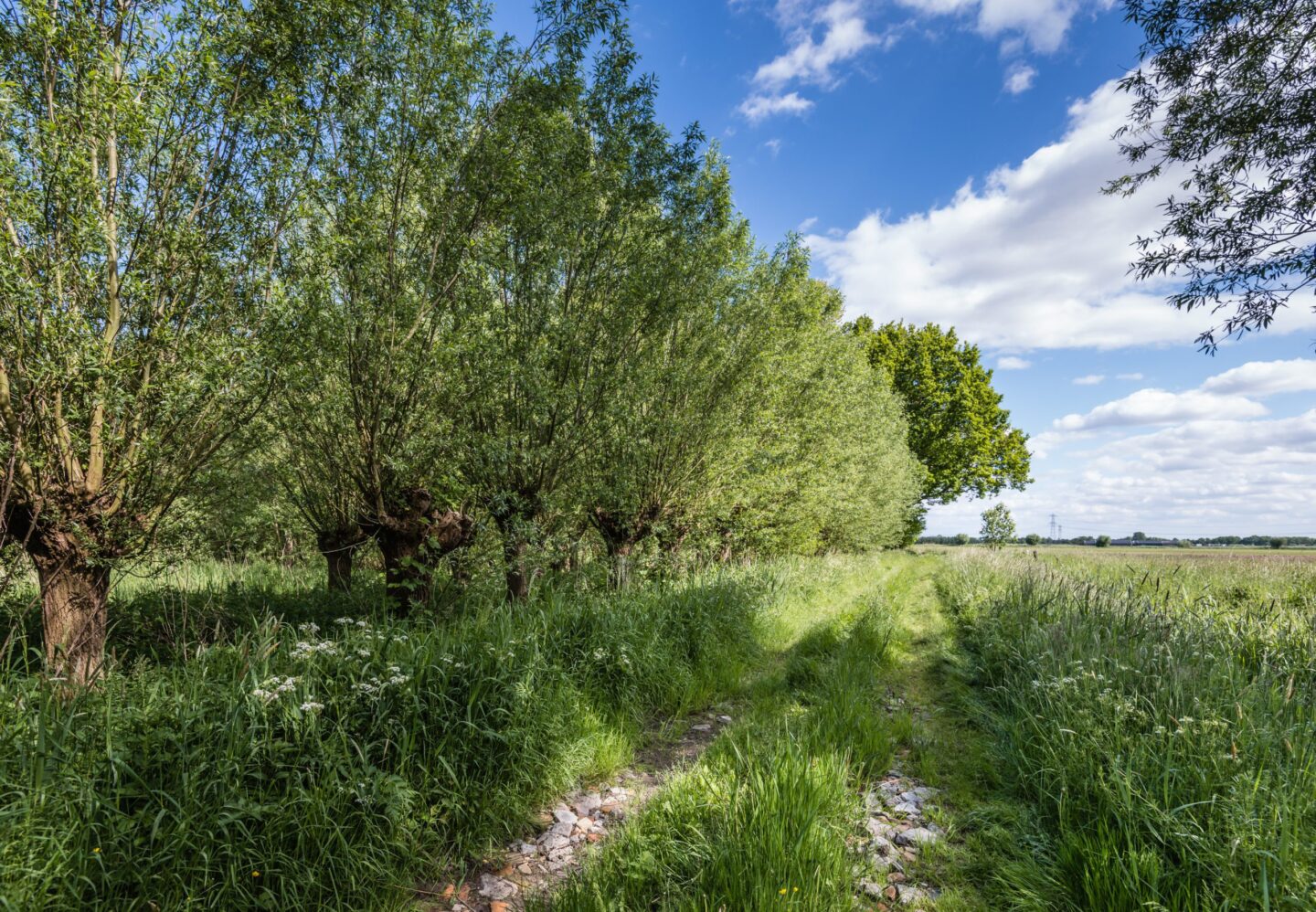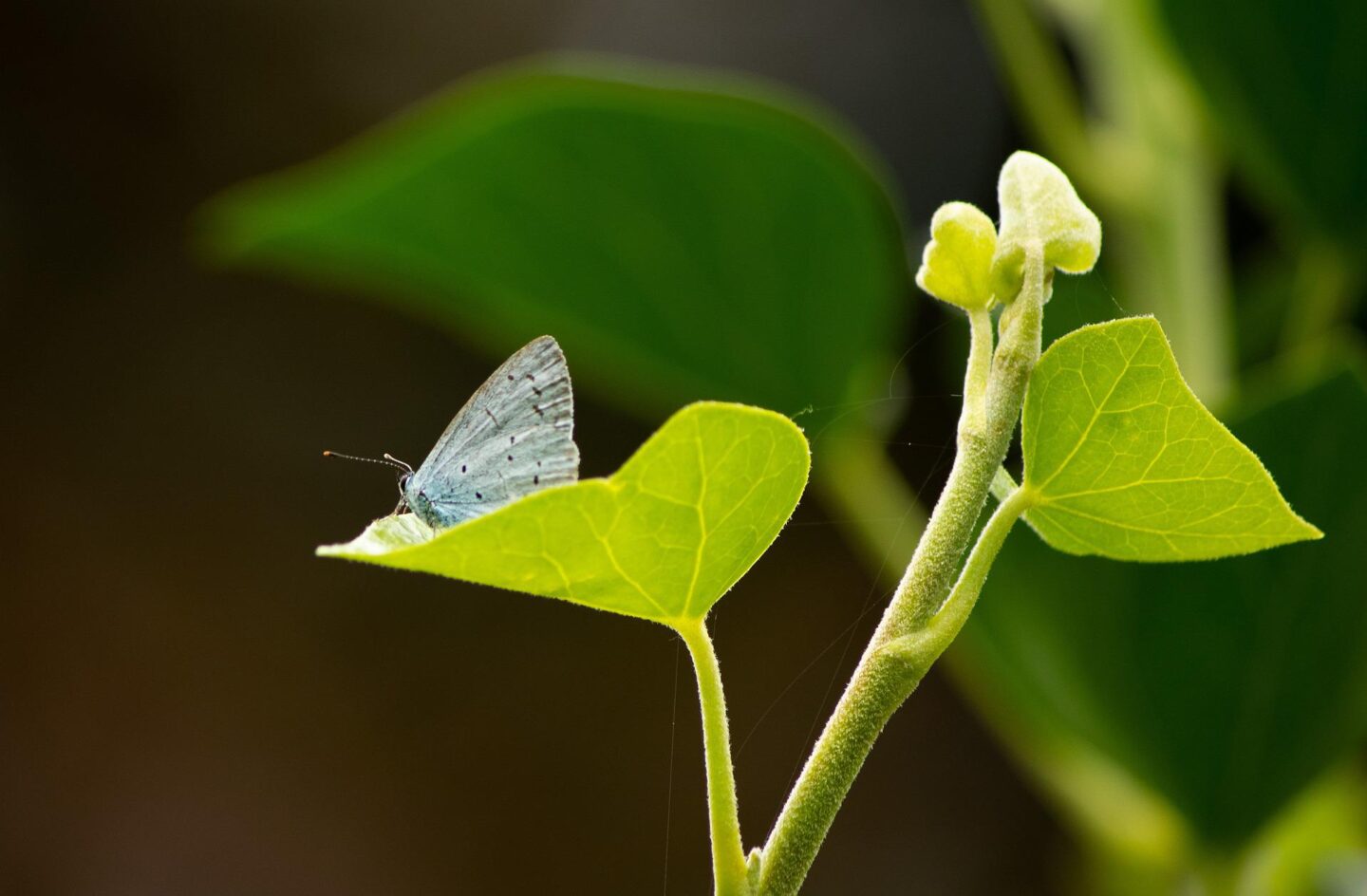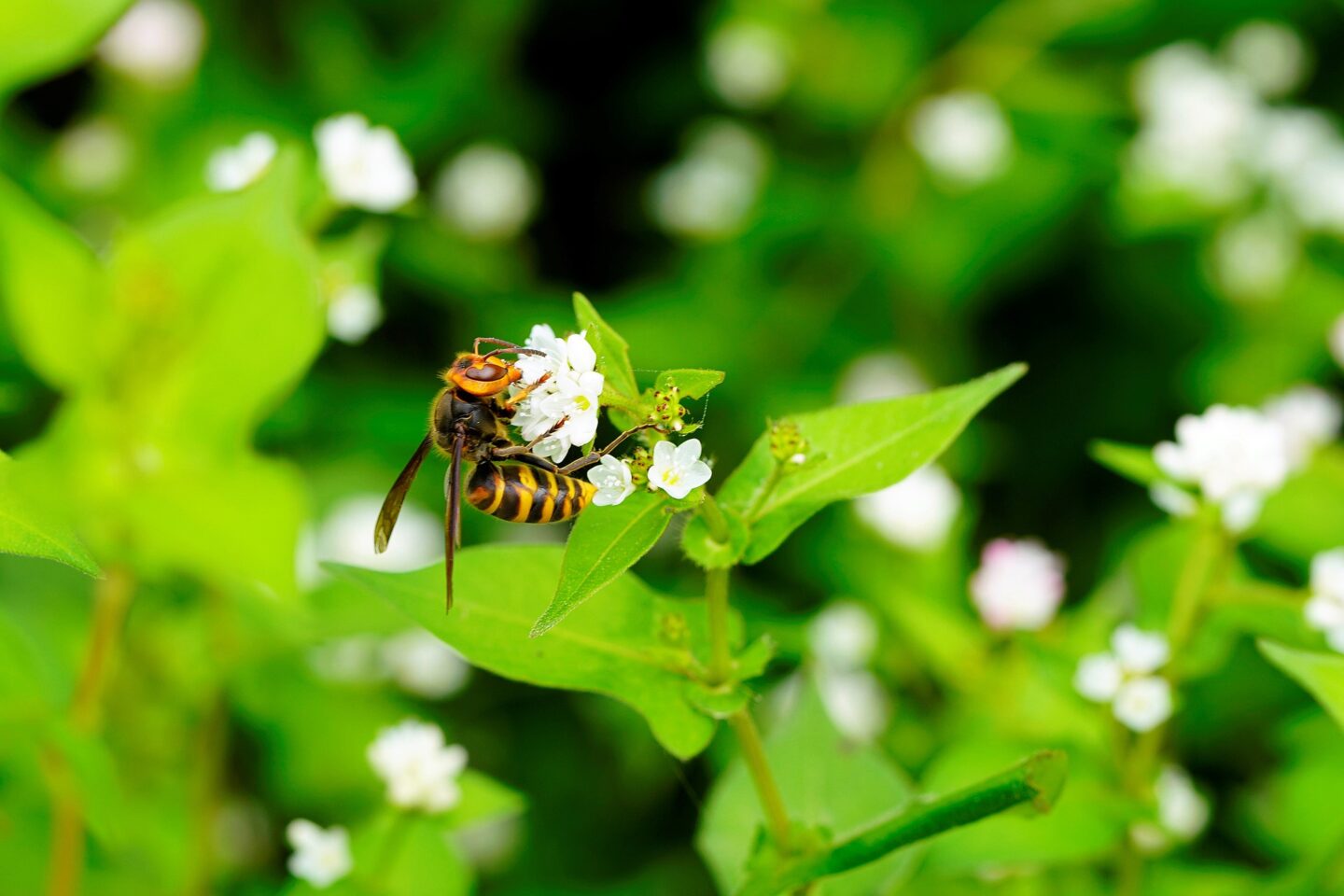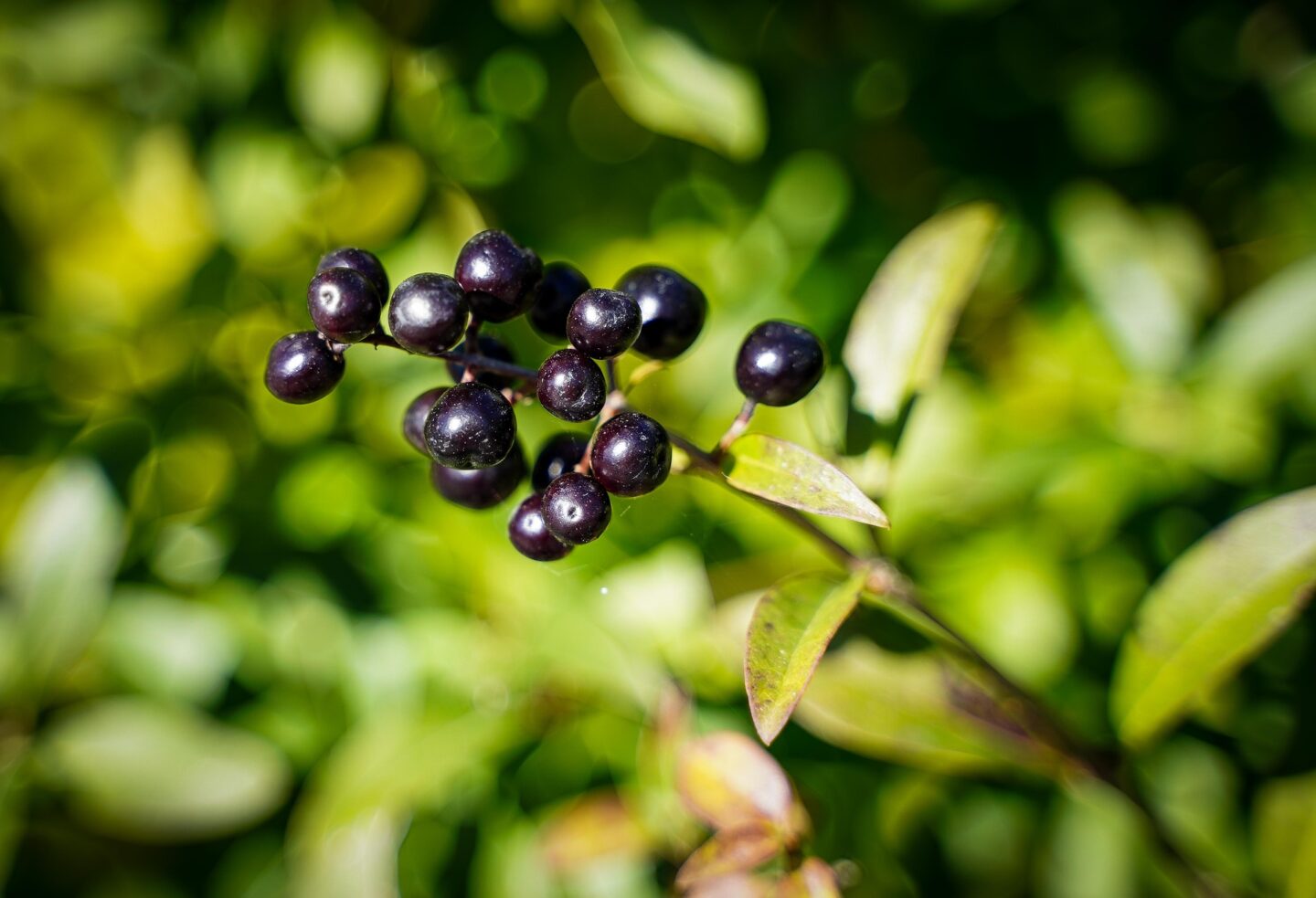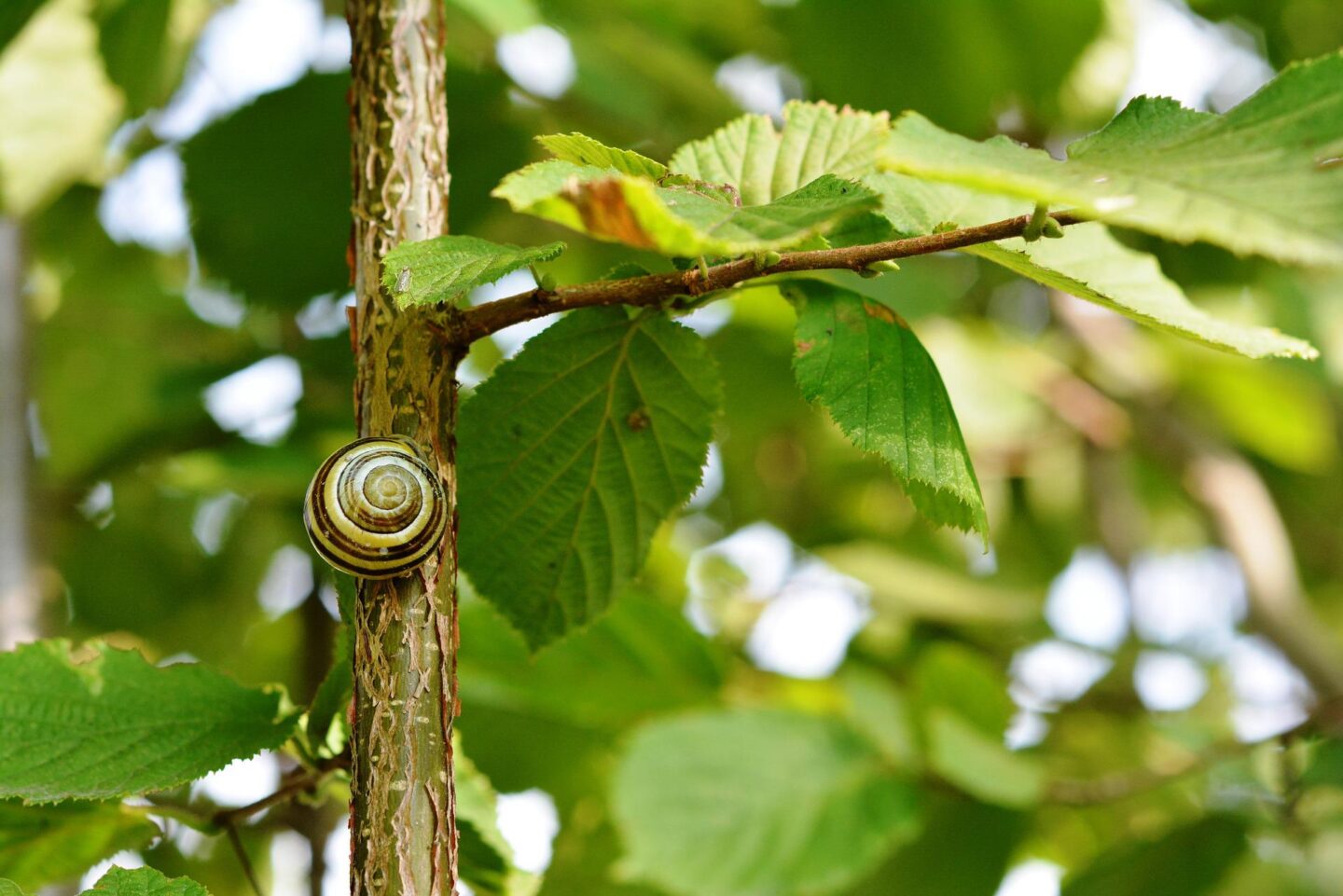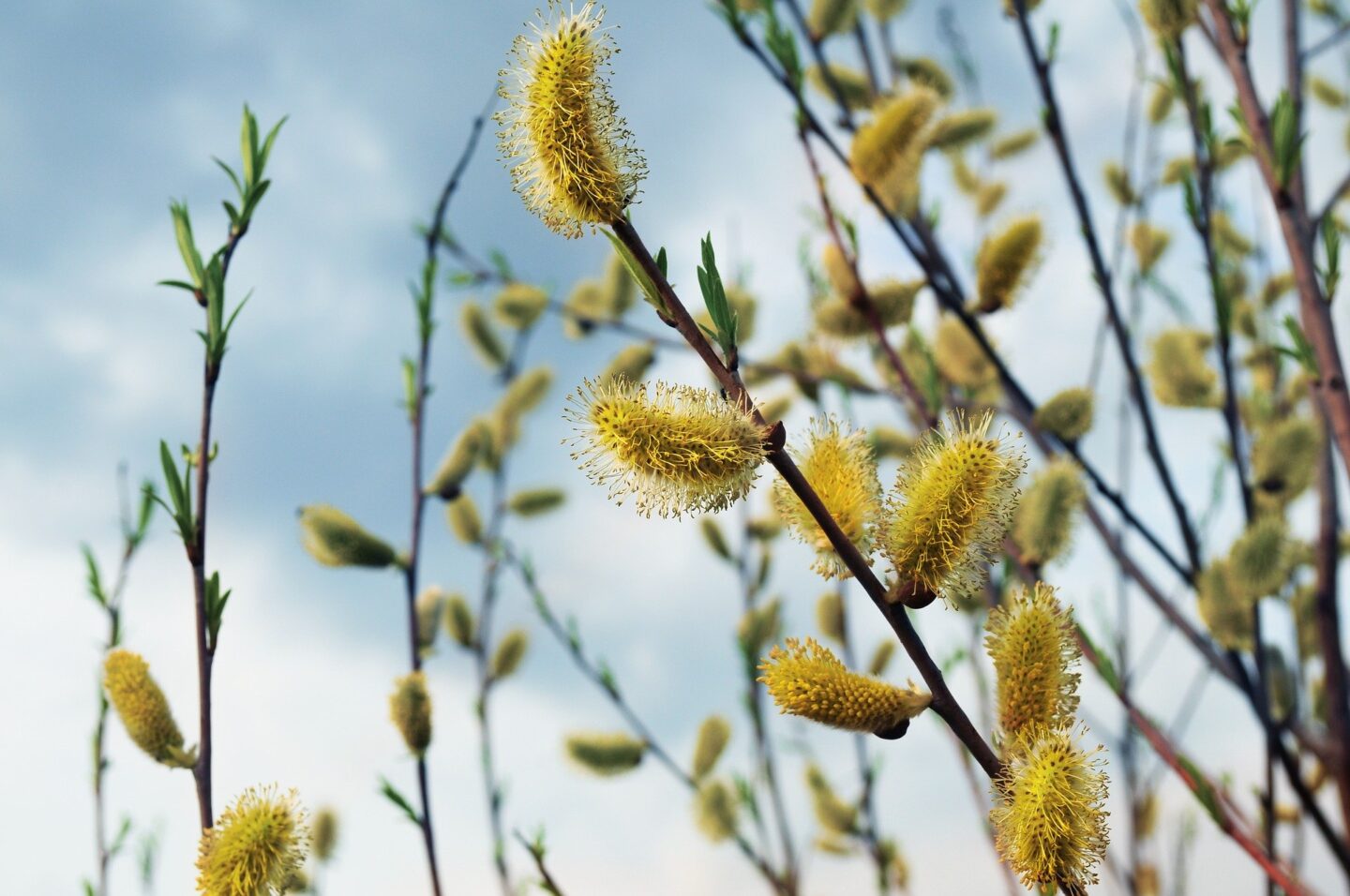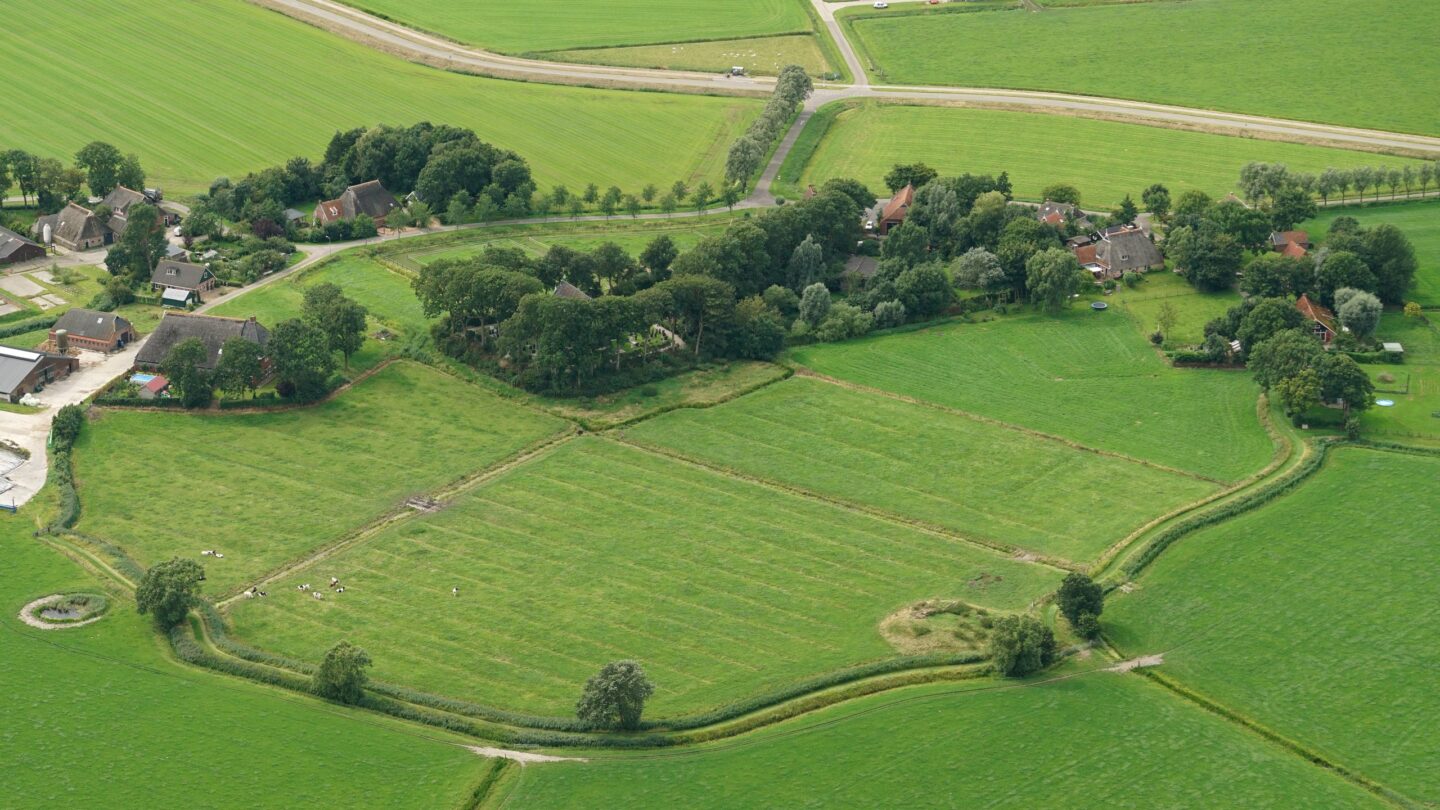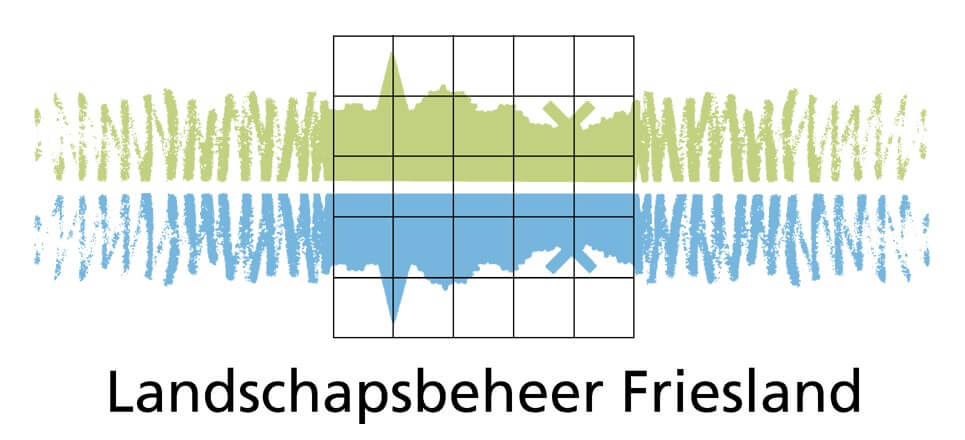Where are we going to plant?
The landscape elements will be placed around farmyards or on the boundaries of agricultural plots. We will be planting in various municipalities in the province of Friesland. To be precise, the planting locations are in the following 48 villages and towns:
Appelscha, Beetsterzwaag, Blauwhuis, Boijl, De Westereen, Donkerbroek, Drachtstercompanie, Dronryp, Elsloo, Franeker, Friesche Palen, Giekerk, Grou, Haule, Hitzum, Houtigehage, Jirnsum, Jorwert, Katlijk, Leeuwarden, Marrum, Menaam, Metslawier, Minnertsga, Nes, Nijeberkoop, Nijemirdum, Oentsjerk, Olderberkoop, Oosterwolde, Oostrom, Opeinde, Oudebiltzijl, Pietersbierum, Rohel, Rotsterhaule, Skingen, Sneek, Spannum, St. Nicolaasga, Sumar, Surhuisterveen, Tijnje, Warten, Wijnjewoude, Wjelsryp, Workum and Ysbrechtum.
